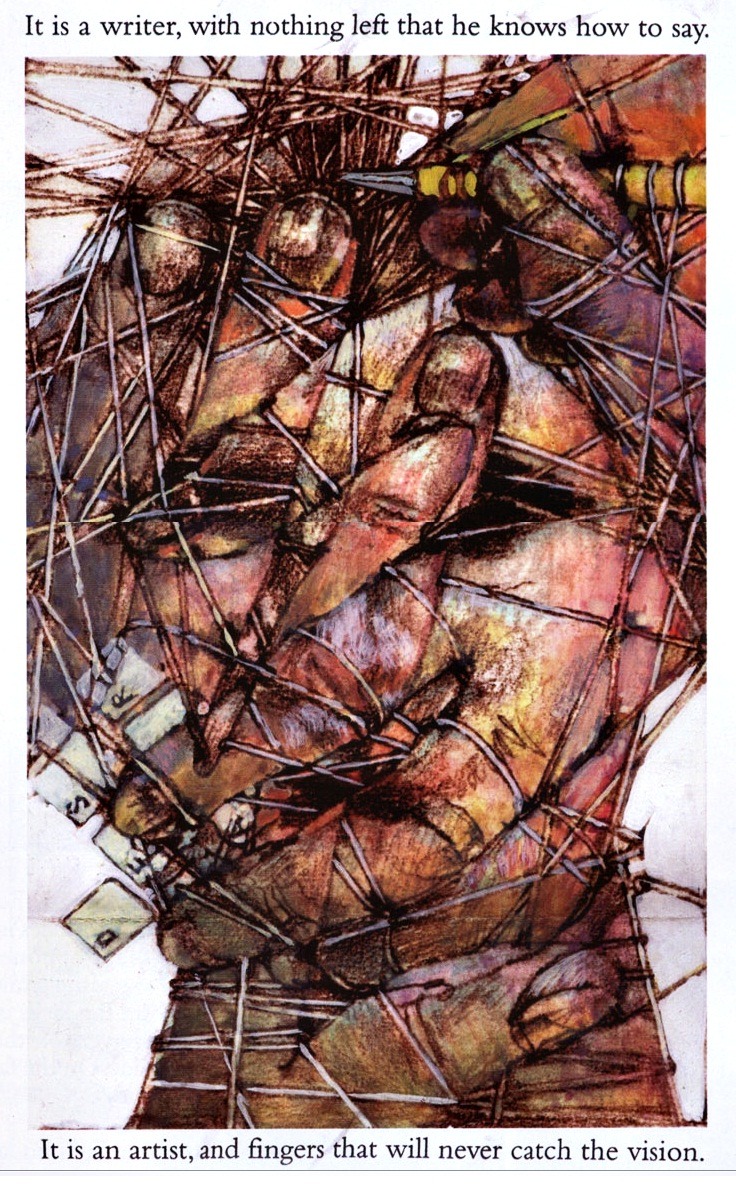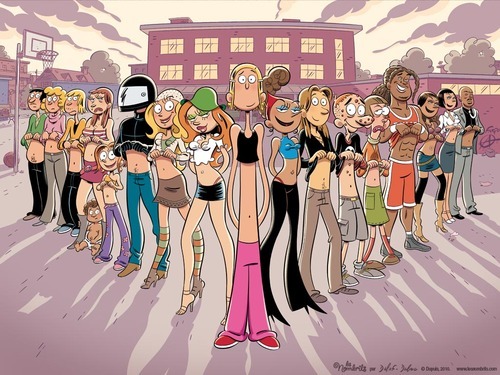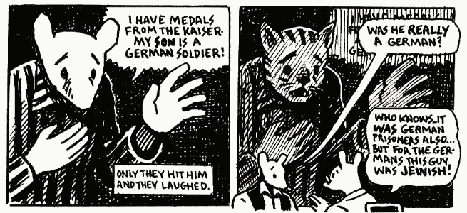
I have always liked reading/ watching stories told from a woman's perspective. Firstly, the female characters are relate able as they are often less idealized, physically or behaviorally than what we are used to seeing in the mainstream media. Secondly, those stories often highlight issues faced by women, such as balancing work, household, sexuality, ambition, social expectations, and the list goes on. The female characters are not portrayed as shallow beings who serve as some kind of token, trophy, or sex objects. What those female authors and artists do is to show us, surprise surprise, that women are just as human as men.
With that in mind, I was pleasantly surprised by how This One Summer exceeded my expectations. For a start, we see girls and women with varied body shapes, some can even be considered not ideal by some society's standard. Yet the characters seldom commented on their physical appearances, and the story does not revolve around that. Unlike many stories that emphasize on women dreaming about having the "perfect" body, Rose and Windy never took that too seriously. Sure, Rose is hinted to compare her body with Jenny's voluptuous figure. Also, both of them talked about the sizes of their breasts humorously. However, the book doesn't dwell too much into that. Instead, it concentrates on recreating the anxiety and naivety many girls felt as a teenager.
Rose went through a lot during that summer: Dealing with a gigantic tension between her parents, feeling emotionally isolated from her depressed mom, having a crush on a jerk who happened to impregnate a girl who secretly cheated on him, being uncomfortable around Windy's lesbian aunt, and discovering that her mom miscarried while swimming in the sea. That's some heavy stuff for a fifteen-year old to deal with! Thankfully my teenage years are not as dramatic. However, I can definitely relate to the vulnerability of liking someone and being lonely. Also, the nostalgia is strong during moments where Rose and Windy bond over horror-movies and swimming.
The point is, This One Summer is a graphic novel that is rich in sensory devices.
The art is lovely and expressive. Everything feels so organic and alive. Obviously influenced by manga and Spirited Away, many panels are dedicated to illustrate the scenery, mood, and atmosphere of summer. My favorite scene is when little Rose and her mother were swimming in the lake. The brush strokes delicately show the illusion of water that glides against their body, and bring us to the depth of the cold water in this particular panel:

Though I am not completely sure if being a woman has anything to do at all with the art-style, I wonder if it contributed to the gentleness and delicacy of the line quality found in This One Summer.
To wrap this up, I really enjoyed my experience of reading This One Summer despite what many people complain as a lack of story. I see no problem because it feels like a slice-of-life type of story, which I happen to like. There is also the revelation near the end about how Rose's mother lost the baby and her reason for disliking the sea, on top of the mini drama about Jenny's pregnancy. There are enough tension to keep the story going. Most importantly, the story focuses on Rose's and Windy's friendship; how it develops and how they show support for each other. The meat of the book is in the journey, and considering how vividly This One Summer captured those moments, this is a very nice read!








